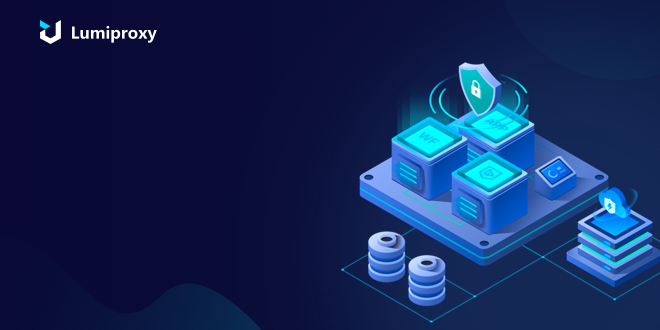Learning a new language can be a challenging yet gratifying endeavor. Fortunately, we live in an era teeming with digital resources and tools designed to facilitate language acquisition. One of these powerful tools that has garnered increasing attention in the realm of language self-learning is the proxy. In this blog, we will explore how to harness the potential of proxies as a valuable asset in your language learning journey, enabling you to connect with new cultures, seize fresh opportunities, and embark on a personal growth expedition.
The Modern Language Learning Landscape
Before diving into the role of proxies in language learning, it's essential to grasp the contemporary language learning landscape. In the 21st century, language learners have an abundance of resources at their fingertips. These include language learning apps, online courses, language exchange platforms, and a wealth of multimedia content. However, successful self-learning of a new language often demands more than digital tools. It requires cultural immersion and real-world practice.
Empowering Language Learning with Proxies
In the context of language learning, a proxy serves as a tool that allows you to virtually adopt the identity of someone from a different location or cultural background. When employed strategically, proxies can offer several advantages in your language learning journey:
1. Geo-Restricted Content Access:
Many language learning resources, such as streaming services, news websites, or educational platforms, may restrict access to specific regions due to licensing agreements or other factors. Proxies empower you to sidestep these restrictions and access content vital for language immersion.
2. Real-World Cultural Immersion:
Language learning transcends vocabulary and grammar; it entails comprehending the culture and context in which the language is spoken. By using proxies to enter websites, forums, and social media platforms in the language you're learning, you can immerse yourself in the culture, gaining a deeper understanding of idiomatic expressions and cultural nuances.
3. Language Exchange and Practice:
Proxies can help you connect with native speakers for language exchange. You can utilize them to join online language exchange communities or access region-specific social media platforms, facilitating communication with native speakers.
4. Access to Region-Specific Language Resources:
Proxies can help you access region-specific language learning resources, including newspapers, radio stations, and local TV broadcasts. This exposure can assist you in refining your language skills, especially when you are aiming to learn a particular dialect or accent.

Using Proxies for Language Learning: A Step-by-Step Guide
To use proxies effectively for language learning, follow these practical steps:
1. Select a Reliable Proxy Service:
Begin by choosing a reputable proxy service. Opt for one that provides servers in the region where the language you're learning is spoken. Paid services usually offer more stable and secure connections.
2. Set Up the Proxy:
Configure your device or browser to use the selected proxy server. The proxy service typically provides detailed instructions for this setup.
3. Access Geo-Restricted Content:
Utilize your proxy connection to access websites, streaming platforms, and other resources typically restricted in your region. Dive into language-specific content to enrich your learning experience.
4. Engage in Social Media and Online Communities:
Become a part of social media platforms, forums, and language learning communities that are popular in the region where your target language is spoken. Connect with native speakers and engage in conversations to practice your language skills.
5. Language Exchange:
Seek language exchange partners on platforms like Tandem, Speaky, or ConversationExchange. Proxies can assist you in connecting with individuals from specific regions to enhance your language exchange experience.
6. Stay Consistent:
Consistency is paramount in language learning. Incorporate your proxy-assisted activities into your daily routine, whether it's reading news articles, watching TV shows, or engaging in conversations with native speakers.
7. Combine with Other Language Learning Resources:
Proxies serve as a potent supplement to traditional language learning methods. Combine your proxy-assisted activities with language apps, courses, and textbooks for a well-rounded approach.
Caution and Ethical Considerations
It's essential to be cognizant of potential legal and ethical considerations when using proxies for language learning. Always adhere to the terms of service and policies of the websites and platforms you access. Ensure that you are employing proxies for educational and personal development purposes, steering clear of any malicious or unethical activities.
Learning a new language extends beyond acquiring grammar and vocabulary; it invites you to explore a new culture and way of thinking. Proxies can be a valuable tool in your language learning arsenal, offering access to region-specific content, opportunities for cultural immersion, and connections with native speakers. By deploying proxies judiciously and responsibly, you can accelerate your language learning journey, unlocking doors to new cultures, opportunities, and personal growth.
























 Português
Português